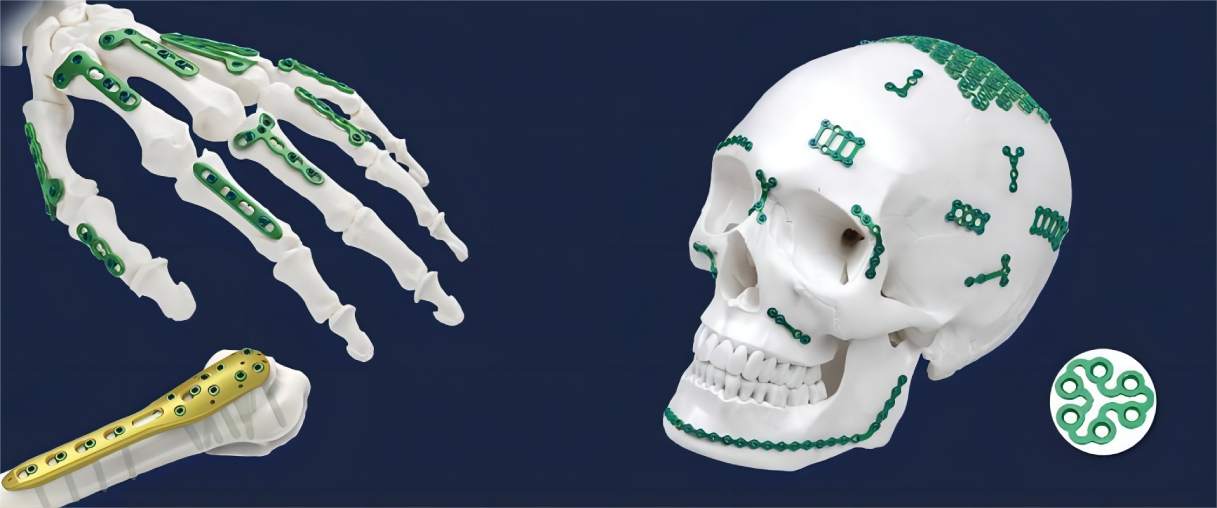Trauma Plates

Introduction to Trauma Plates
Bone plates are also called trauma plates or steel plates. The bone plate system is composed of bone plates and bone screws. Its design must follow the four basic principles of the International AO Organization. For detailed information, please refer to the AO Orthopedic Internal Fixation Data.
Fractures caused by trauma are the most common, with high force and short action time, causing more serious damage to the body. In open reduction fracture surgery, the selection of one-time implants is often the key to surgery. Its main function is to maintain the reduction state of the fracture end, control the length, axis and rotation of the backbone, so as to provide good stability and achieve the purpose of enabling patients to move early and heal. After the fracture heals, the implant is taken out and the hospital handles it properly. At present, the most commonly used one-time implants for fracture treatment include bone plates and intramedullary nails. Let's briefly introduce the bone plate:
Classification of bone plates:
1. Bone plates are divided into stainless steel or pure titanium according to different materials
2. Bone plate is divided into two types: ordinary trauma plate and locking trauma plate according to different functions and purposes.
(1) Ordinary trauma plates are generally straight plates with round holes, and the hole diameter is slightly larger than the screw diameter. There are 4 holes, 6 holes, 8 holes and so on.
(2) The locking trauma plate is a fracture fixation plate with a threaded hole. After the screw with a threaded head is screwed into the hole, the locking plate becomes a (screw) angle fixation device. Locking plates can have both locking and non-locking screw holes for different screws (also known as combined trauma plates).
At present, there are locking compression plates, which can lock and pressurize at the same time, but the price of locking plates is higher than that of ordinary plates, and its application should be comprehensively considered according to various factors such as fracture type and degree.